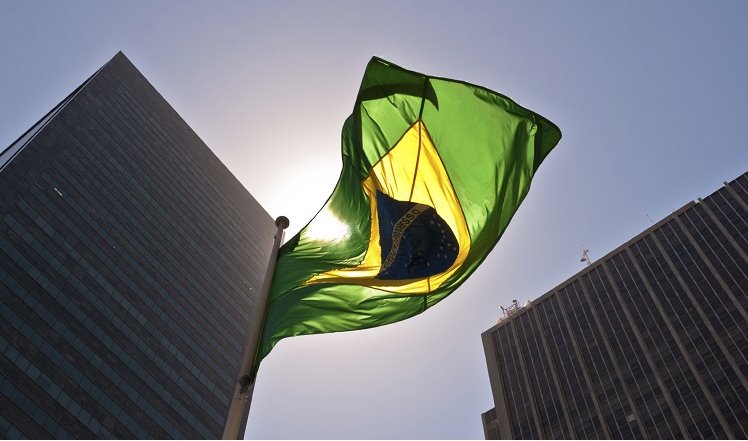RIO DE JANEIRO, BRAZIL – The readjustment of expectations happened as the cases of Covid-19 were increasing in the country, starting at the end of February.
At the beginning of the year, the projection of growth reached 3.50%, but, after the greater restrictions of governors and mayors to try to decrease the contagion of the new coronavirus, projections began to decrease. Despite showing less optimism, there is a bet on recovery, since in 2020 the Brazilian economy retreated 4.1% after the initial shock of the Covid-19 on economic activities.

The market’s forecast for GDP in 2021 is less optimistic than the IMF’s, which estimates a 3.7% growth in the Brazilian economy, according to a report released last week. The Central Bank, in its latest report, sees growth of 3.6%, the OECD, 3.7%, and the federal government estimates a high of 3.2%.
Besides the pace of immunization to reduce contamination, the return of economic activity depends on the progress of reforms, essential to improve the business environment and to unlock investments, thus stimulating recovery. Last week, the government granted concessions for 28 infrastructure assets, including airports, railroads and ports, to the private sector, giving a breath of hope for recovery via private investment.
However, the political scenario remains challenging. Approved three months late, in March, the government’s Budget for 2021 has not yet been sanctioned. According to the economic team, it is unfeasible. There is a negotiation for the withdrawal of parliamentary amendments (“earmarks”) in order to permit making all obligatory expenditures.
However, in the meantime, some measures to tackle the economic effects of the pandemic, such as the re-edition of the Pronampe, BEm, and the anticipation of the 13th salary for retirees and pensioners of the INSS (National Institute of Social Security) are blocked. The emergency aid, released as an extraordinary expense, started to be paid in installments of R$250, on average, last week.
Accelerated Inflation
Another variable measured by the Focus Bulletin that was turning on the alert was inflation. After 12 consecutive weeks of high forecasts for the IPCA, the financial market did not change its inflation estimate this week.
According to economists consulted by the BC, the IPCA should reach 4.85% at the end of the year, above the accumulated inflation in 2019 and also above the target center for the indicator in the year, 3.75%, but still within the margin of tolerance, which goes up to 5.25%. The increase in prices is also projected for 2022, with inflation at 3.53%.
The Central Bank changes the interest rate as a guideline for monetary policy, since one of the main functions of the entity is to be the guardian of the currency. When inflation rises, raising interest rates is a natural path, since higher interest rates discourage consumption. With less demand, prices tend to fall.
However, the weight on prices in the country today is much more due to the rise in the exchange rate and the price of commodities on the international market than to the heating up of the population’s demand. In addition, administered prices – medicine, consumer bills, health plans, fuels – also exert pressure, since many increases were postponed last year.
Inflation serves as a thermometer of the economy and several variants affect it. Last year, the index reached deflation between April and May, due to the fall in consumption, and later went up again with the reheating of the economy.
With greater demand here and in the world for food, besides other variables such as the devalued Real currency and expensive commodities, prices started to rise and impacted the indicator, which closed the year at 4.52%, above the 4% target center defined by the National Monetary Council (CMN).
Source: Veja

